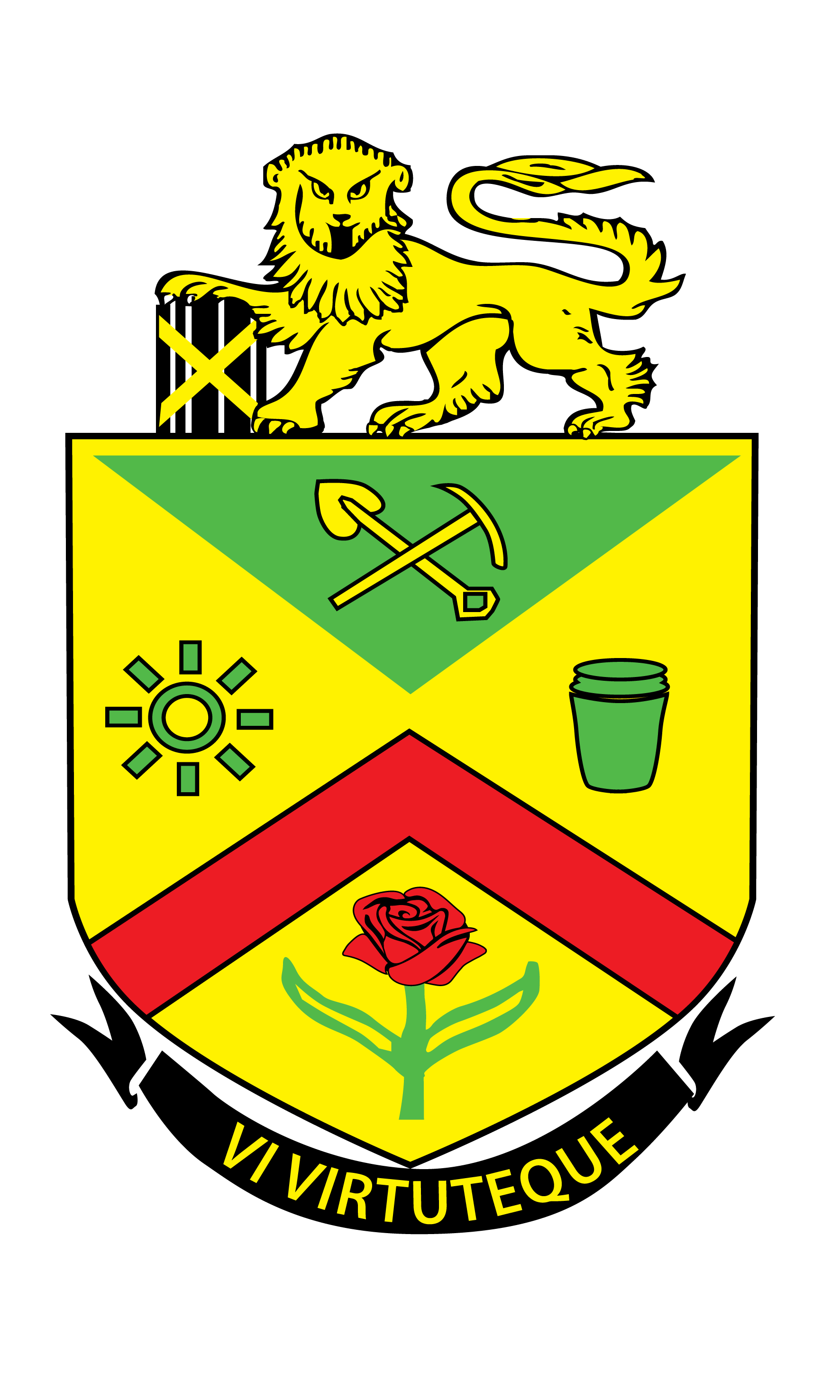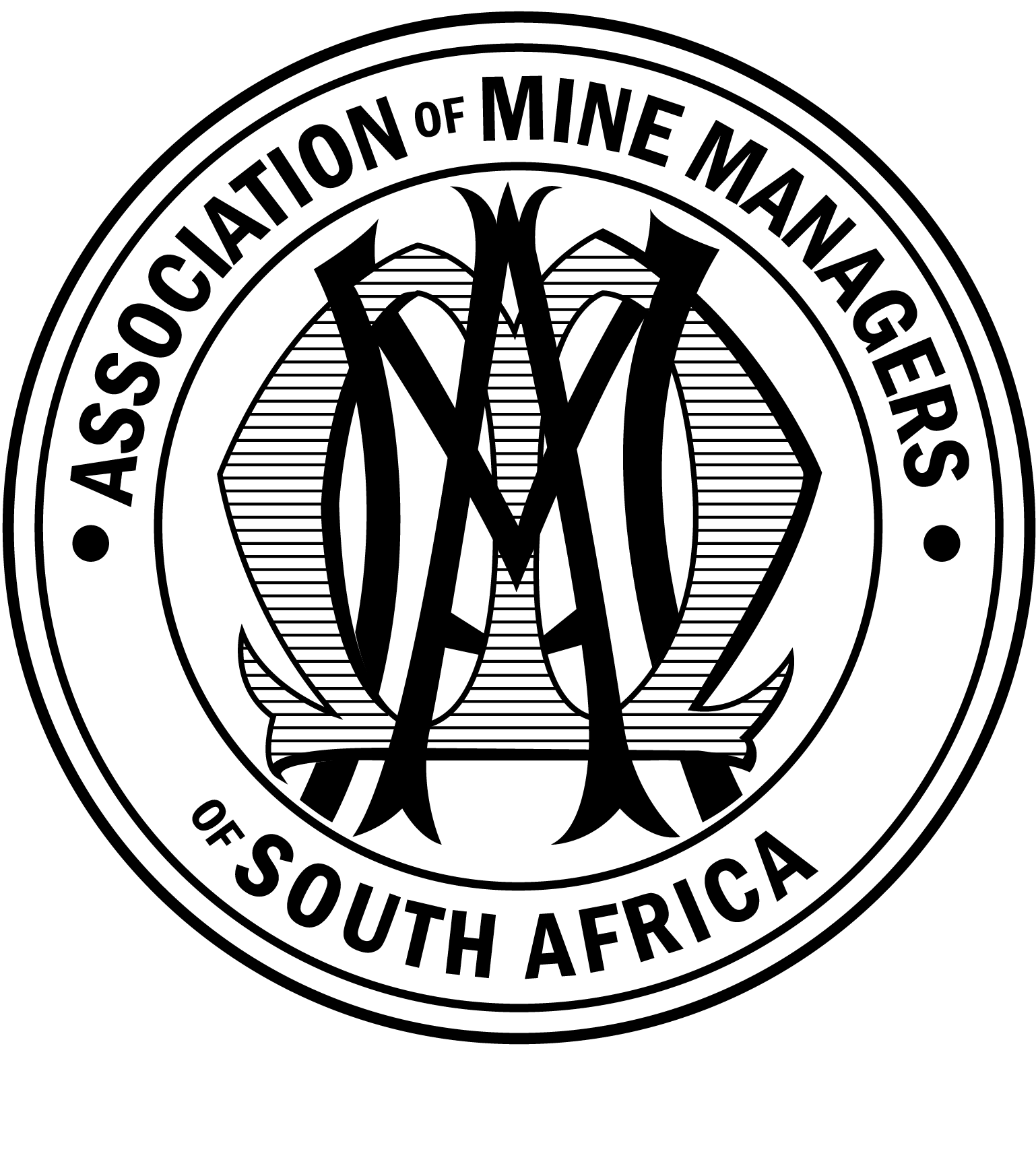
History
The Association dates back to 1892, when a group of mine managers on the newly-discovered Witwatersrand established a platform for industry professionals to promote the general advancement of mining in South Africa.
For more than a century the Association has played a significant part in the development of the industry and in building the profile of the profession.
The Association’s Beginnings
The idea for a Mine Managers Association was born out of a meeting between the Chamber of Mines and a group of Mine Managers on 12 October 1892. The main aim of the meeting was to discuss mining regulations and it was decided to form a committee of Mine Managers to interview the State Mining Engineer at the time, Mr JT Klimke. As a side note, the five men were also asked to consider the idea of forming a Mine Managers Association.
The committee reconvened on 31 October 1892 and reported that the government wanted to introduce certificates for qualification for Mine Managers and that existing managers should serve as examiners. Mr Klimke suggested forming a Society of Mine Managers from which to draw the required examiners. It was further proposed that an Association of Mine Managers be formed to protect their interests and to encourage social meetings for the interchange of ideas on mining matters.
The first Association meeting was held on 26 June 1892, during which a Council of ten were elected. The first Council included Thomas Mein, DE Doveton, C Gluyas, HW Miller, Charles Hoffman, TJM McFarlane, WL Hamilton and GA Goodwin. Harry Johns was elected President and Andrew Morrisby as Vice President. In closing the first Association of Mine Managers meeting, HW Miller said he felt that “the Association would become a valuable factor in guarding their interests and be real source of benefit and protection to the industry” (quoted by Anthony Hocking, A Court of Kings, 1997:26).
Early growth
As the mining industry started to boom on the Main Reef, working methods began to mature. The Association of Mine Managers, too, was beginning to grow with fresh applications for memberships at each meeting. During the first Annual General Meeting in January 1894, Mr Morrisby suggested that the meetings could be made more interesting and lively if members read papers on practical subjects that assisted each other. In line with this, Council offered to award a medal for the best paper for the year. This was, however, not implemented until 1961, when Tony Forder was awarded the first Gold Medal for his paper entitled The Development and Application of Engineering Planning and Workshop Control at Rand Leases (V) Gold Mine.
Over the years, the Association thought of increasing its reach beyond the Rand and had invited managers from Klerksdorp and Barberton to join. However, both groups preferred to form associations of their own. In 1914, colliery managers had also decided to form their own association and it seemed that the Association would have to restrict itself to gold mining in the Rand. However, despite these restrictions there was a general increase in membership of the Association. By 1935, membership had grown to just over 170 members. By 1975 this had increased to nearly 750 and today, this figure stands at 850.
President for 1983, David Blair Hook summed up the aim and importance of the Association during a special seminar on communication: “The Association of Mine Managers has been, should be, and will not doubt continue to be one of the most useful organisations in the industry. If the only object it accomplished was to bring all the members together, it would be justified, but it does and can do more than this. Over and above the very useful assistance it can give in rendering its opinion on mining regulations, it should be of great use to mine managers and to the mining industry generally as a means of interchanging the professional opinions of those who are in actual contact with the daily routine working of the mines.” (qouted by Antony Hocking, A Court of Kings, 1997:288).
Landmark events
In 1935 Miss Rebecca Lurie presented a paper entitled The Problem of Mine Timber Preservation on the Rand, marking the first time the Association had been addressed by a woman.
The first red-jacket volume of the Association’s Papers and Discussions was published in 1937, featuring a selection of papers delivered between 1931 and 1936.
In 1944 two papers were presented that would influence the industry for decades to come – the first by Pinkie Hill entitled A System of Longwall Stoping in a Deep Level Mine, with Special Reference to its Bearing on Pressure Burst and Ventilation Problems. The second of these landmark papers were by presented by John S For entitled Scientific Management, with particular application to a Witwatersrand Gold Mine.
In 1951, Association membership exceeded 400 members for the first time and to take into account the changing geographic bias, the district system was reorganized. The East Rand and Far East Rand would be combined to form the Free State District, while the other districts would include the West Rand, Central Rand and East Rand.
In November 1954, the Association changed its name to the Association of Mine Managers of South Africa.
In 1955, Association membership grew to over 500 members.
The first Gold Medal for the Best Paper of the Year is awarded to Tony Forder, manager of Anglovaal’s Rand Leases.
In 1969, the Association adopted its current emblem – “a green and gold shield surmounted by a lion couchant [later amended] and bearing on its four quarters emblems symbolic of the Assocation’s status and functions” (quoted by Anthony Hocking, A Court of Kings, 1997:223). The lion was apparently inspired by a Chamber of Mines film on mine safety, entitled The Lion’s Paw.
The first and only gold medal awarded to a mine rather than an individual went to Randfontein Estates in 1984 for presenting nine papers at a general meeting. The mine showed that even though it was one of the oldest in the industry, it was one of the most technically up-to-date.
During 1988, Council decided that in future safety would be placed first on the agenda at all Association gatherings and that district meetings would begin with a safety presentation. This idea has been echoed in the recent formation of the tripartite safety meetings taking place before the normal district meetings.
In 1994, the Association was allowed a seat on the MOPF board of trustees and also saw the creation of a Mine Qualifications Forum on which government, employers and labour would have an equal say.

